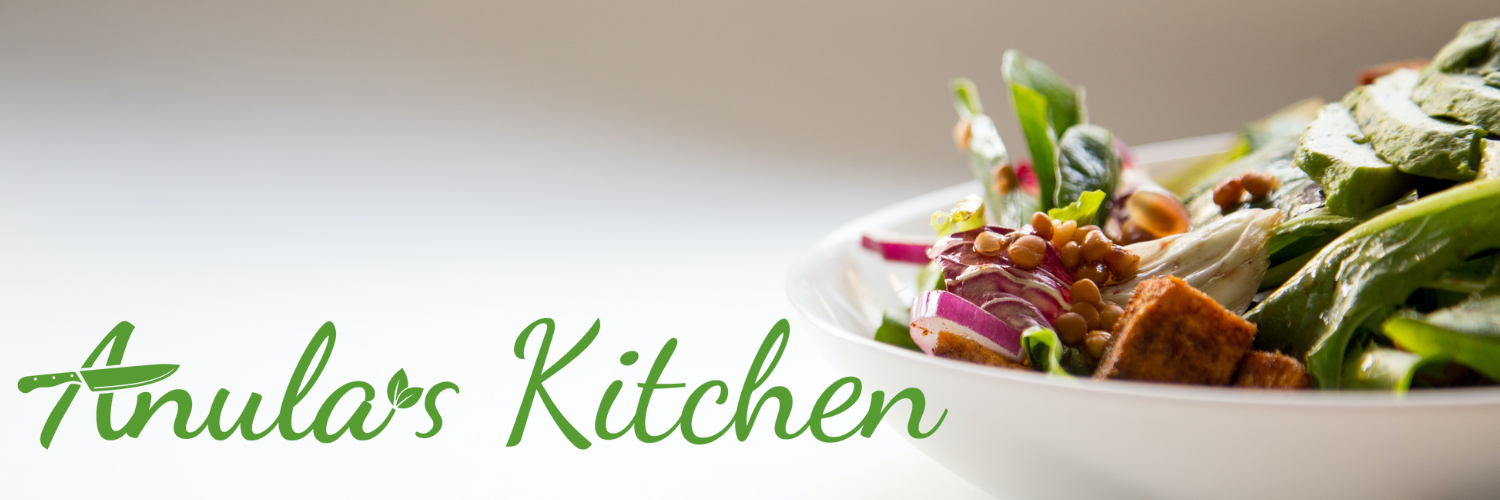First some theory:
"Fermentation starters (called simply starters within the corresponding context) are preparations to assist the beginning of the fermentation process in preparation of various foods and fermented drinks. A starter culture is a microbiological culture which actually performs fermentation. These starters usually consist of a cultivation medium, such as grains, seeds, or nutrient liquids that have been well colonized by the microorganisms used for the fermentation.
Starters are formed using a specific cultivation medium and a specific mix of fungal and bacterial strains. Typical microorganisms used in starters include various bacteria and fungi (yeasts and molds): Rhizopus, Aspergillus, Mucor, Amylomyces, Endomycopsis, Saccharomyces, Hansenula anomala, Lactobacillus, Acetobacter, etc. Various national cultures have various active ingredients in starters, and often involve mixed microflora. Industrial starters include various enzymes, in addition to microflora."- by Wikipedia.org
I know it doesn't sound very appetizing but it's worth giving it a try!

How to make it...
"Fermentation starters (called simply starters within the corresponding context) are preparations to assist the beginning of the fermentation process in preparation of various foods and fermented drinks. A starter culture is a microbiological culture which actually performs fermentation. These starters usually consist of a cultivation medium, such as grains, seeds, or nutrient liquids that have been well colonized by the microorganisms used for the fermentation.
Starters are formed using a specific cultivation medium and a specific mix of fungal and bacterial strains. Typical microorganisms used in starters include various bacteria and fungi (yeasts and molds): Rhizopus, Aspergillus, Mucor, Amylomyces, Endomycopsis, Saccharomyces, Hansenula anomala, Lactobacillus, Acetobacter, etc. Various national cultures have various active ingredients in starters, and often involve mixed microflora. Industrial starters include various enzymes, in addition to microflora."- by Wikipedia.org
I know it doesn't sound very appetizing but it's worth giving it a try!

How to make it...
Method:
For the 1st stage
150g flour (I used wholemeal)
250 ml warm water
- You need plastic or earthenware container with a lid to make your starter, it should be at least 4 times the volume of your initial batter.
150g flour (I used wholemeal)
250 ml warm water
- You need plastic or earthenware container with a lid to make your starter, it should be at least 4 times the volume of your initial batter.
- You can use wholemeal, rye, spelt or even white flour.
- No need to be precise about the quantities of flour and water.
- No need to be precise about the quantities of flour and water.
- You need enough to make a thick batter.
- Beat your mixture very well to incorporate as much air as possible.
- You need to put it into your chosen container, put the lid on and leave it somewhere fairly warm, but don't put it too close to the boiler etc.
The 1st feeding
- At some point your starter should ferment.
The 1st feeding
- At some point your starter should ferment.
- Check every 12 hours and you will notice how it changes.
- It will smell (my smelled of a rotten apples...).
- You will notice lots of bubbles forming on the top.
- When you'll see 1st signs of fermentation you have to feed your starter by whisking in another 150 g or so flour and another 250 ml warm water.
- Replace the lid and leave again.
Check your starter every now and then. The smell should be more intense and the bubbles should be bigger and everything will be more vigorous. When you see that it's time for daily feeding.
Subsequent feedings
- Tip half of the starter and discard it.
Check your starter every now and then. The smell should be more intense and the bubbles should be bigger and everything will be more vigorous. When you see that it's time for daily feeding.
Subsequent feedings
- Tip half of the starter and discard it.
- Replace it with another 150 g flour and 250 ml cold water this time, and leave another day at fairly cool room temperature.
- You should find it a permanent place. Cool (even the fridge) but it has to be very alive before you decide to make your bread from it.
For the first week at least you should feed your starter daily, so it will mature and be strong. About a week into your routine of daily feeding your starter will ferment regularly and vigorously. It's ready to be used.
Your starter will keep literally for ages. You just have to take care of it. If using frequently leave like that, as thick batter and feed every couple of days. If using rarely - keep in the fridge and feed at least once a week.
P.S. I have developed a very good relationship with my starter and Her name is - Ivanka :)
Your starter will keep literally for ages. You just have to take care of it. If using frequently leave like that, as thick batter and feed every couple of days. If using rarely - keep in the fridge and feed at least once a week.
P.S. I have developed a very good relationship with my starter and Her name is - Ivanka :)
You may also like:
Have you made any of my recipes? Tag @anulaskitchen on Instagram and hashtag it #anulaskitchen




I started my sourdough about 3 weeks ago! and there are a couple other new starters I 've read about in the last few weeks! It is a sourdough revolution! :)
ReplyDeleteIt is a sourdough revolution indeed! But it's a good one, as home made bread (especially the one on the sourdough) is much more healthy than the one from the supermarket!
DeletePozdrawiam, Anula.